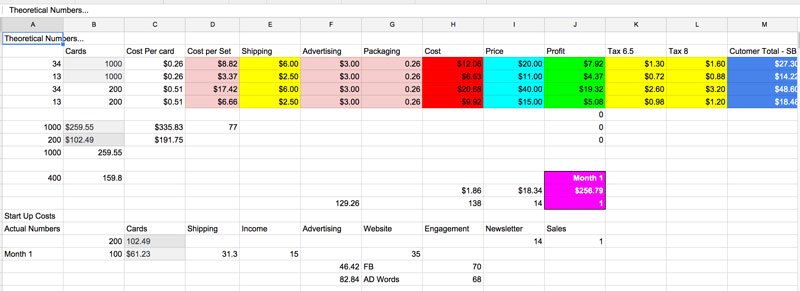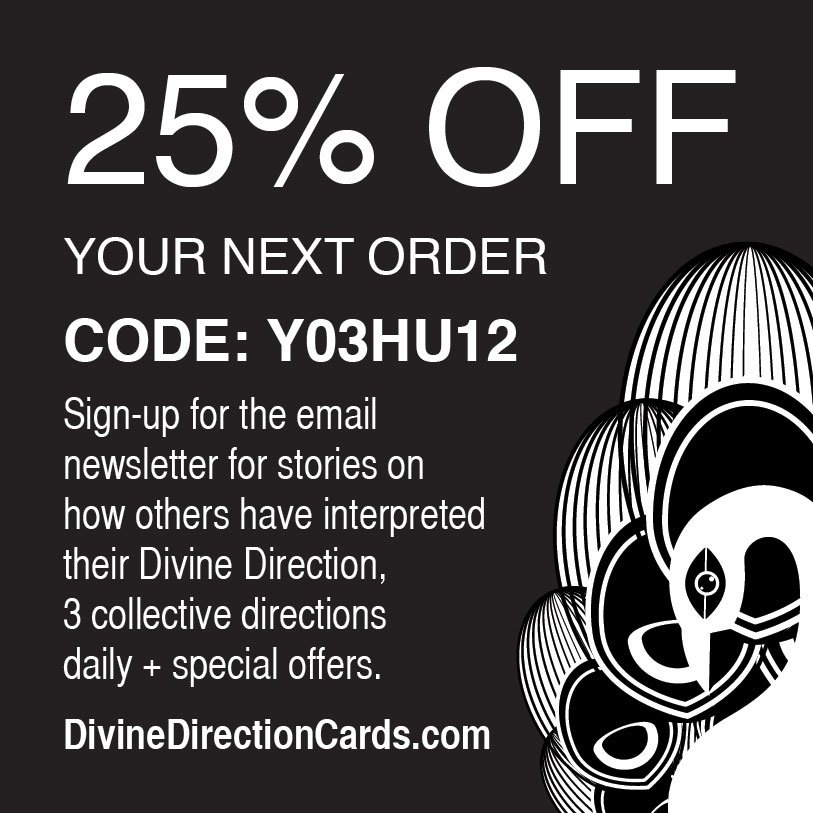A Review of My First Crowdfunding Campaign, On RocketHub
If you are considering starting a crowdfunding campaign, you may want to read this post. It includes an example of a low-budget creative crowdfunding marking plan.
Update: RocketHub is now focused on offering amazing deals on software and content for entrepreneurs, by entrepreneurs. At the time, in 2014, they also focused on creative projects.
My personal experience with marketing a RocketHub campaign is outlined in the following paragraphs and includes both my achievements and faults as I see them. On the positive side, I feel the process was overall rewarding because, as a result, I am better informed about how to develop an original product.
On the negative side, I spent a lot (comparatively) of time, money, and energy investigating ideas that did not result in an immediate return on my investment. However, I continued to develop my ideas and even completed a second successful crowdfunding campaign on Kickstarter in 2020!
I hope that by writing this article, I might help other entrepreneurs to make informed decisions in planning their first crowdfunding projects.
The End Result Of My Crowdfunding Marketing
Success! I raised enough funds to produce a small run of Original Odyssey Artist Puzzle Cards. I will start with the numbers and the details of the campaign results. Disclaimer - the numbers are not 100% accurate (who has that kind of time? ), but it gives you a pretty good idea.
Spend $450 on video commercials, blog posts, digital advertising, email campaigns, and PR.
Reach/Views: 814,000
Clicks/Engagement: 680
Funding: $1080
Time: 60 days
What I learned is that my product and my marketing materials did not appeal to consumers online. Despite the traffic and views I received from this marketing effort, the 800k is just a drop in the online ocean - so to speak - and not enough to get a working online sales funnel going. I found this to be the case when, after weeks of campaigning, even contacts in my network were unclear about what I was doing. (Ok - to be honest, I was feeling things out and not 100% clear myself at the start)
New Tactics And Services I Tried:
app.krowdster.co - provided strategy, PR lists, and Distribution (lots of info)
www.fiverr.com - video commercials and traffic (why not?)
www.rockethub.com - platform for crowdfunding
http://www.outbrain.com/ - paid content promotion (Negative experience)
www.contentrunner.com - wrote blog posts I wanted (Loved this!)
Detailed Look At My Small Marketing Budget
What was my crowdfunding project?
My first idea is to create a productivity card game. I think that this could be a type of game that makes the everyday chores in life more interesting. I'm reminded of Marry Poppin’s song lyrics, 'A Spoon Full of Sugar Helps the Medicine go Down in the Most Delightful Way'.
Prototyping A deck of Cards
Sharpie Pen(s)
Stack of white index cards
Box
Colored Paper
Tape
Glitter
Scissors
At first, I started by writing down words as they came to my mind - anything and everything related to recurring life tasks - on the cards with the black sharpie (typos and all). That task gave me a stack of cards with just many different words. I needed more patterns of difference in the cards to make it more of a game. So I decided to break out the colored papered and separate the words into a category system, much like a deck of cards has four suites.
User Testing My Idea, Pivoting
I shared my new prototype card set with some close friends to see what they thought. I found it harder to explain the concept to another person, and the game was not as user-friendly as I had imagined. In conversations about the experience of the card game, it became apparent that the user would have to be in a relaxed, playful, and calm state to enjoy the game. It was not an excellent system for people in a goal-oriented productive mood. I decided to take a turn or pivot my concept in the next version of the game.
Divine Directions, A Design for 33 Cards
I needed original art for the cards to be designed, printed, and packaged. I'm a designer and artist, so that I could use my existing resources. I had been drawing one new digital artwork each month and creating a free downloadable desktop calendar. I happened to have 33 files available. I made an intuitive decision to go with 33 cards.
Budget For Graphics/Art For Product
If you were purchasing graphics online you might get images for as low as $30 per image royalty-free. However, they would be stock images that other people can also purchase. For original illustrations, the price starts at about $250 per image. So, in this case, the graphic cost would be from$1,000 - $9,000+ (on the low end). An alternative is to use an AI site to create images, but the limitation there is the resolution. The vector images scale to any size without losing quality. I could create bags, clothing, and other matching promotional items. (and I did!)
I got out excel and played around with some numbers. If you use Kickstarter for your campaign, they provide excel documents for budgeting and tutorials.
First Round of Test Printing Cards
In the end, I paid $53.98 to Moo for 100 Green Square Business Cards. Their Printify option gave me three prototype decks with this initial design.
Influences in my design process
My teachers and classes informed this project during my graduate studies at the Pacifica Graduate Institute. I also got advice from my SCORE business advisor. I also completed several StatUp Weekend events, and these team efforts influenced my ideas about how to develop a product for online sales. I combined my existing art with new designs and ideas about developing unique educational materials to sell online.
Protecting the idea
There is a time limit on protecting ideas in a patent. With the recent changes in the patent process, it's no longer 'first to invent' it is 'first to file'. In addition, you have a limit of 1 year from when you go public with an idea to protect it officially, or it becomes public domain. As a creative type, understanding how the legal world looks at things is not 100% intuitive. (Please get in touch with an actual patent lawyer for official advice).
An official patent is expensive. As a first-time inventor, I'm not sure if my idea will make money or not, so I decided to file a provisional patent. It's the first step in the process. The cost is minimal - just $65 if you qualify for their micro fee - for first-time inventors. The paperwork was a little tricky, but all the info was easily accessible online. With the provisional patent, you have one year before you have to file an official patent - having to invest more money in the idea.
Writing A Provisional Patent
Figuring out how to format my idea for the patent was a more complicated process. It was beneficial to use the google patent search and see how other patents were formatted. The basic content, which gets sent in, is the description of the invention and the images. For my game, I ended up with two pages of text and 11 images. I looked at my idea and described it in two ways - the apparatus and the method. I read examples on google patent search for insights.
Here is the short description I wrote for my game:
Chaos Odyssey – a creative thinking game is a method and apparatus for developing creative thinking skills and abilities. The game is ideal for playing at transitional moments in life. Individuals or groups who wish to switch their mode of thinking, for example, from work to play at the end of the day, will appreciate this game. The game method uses psychological concepts and is designed to teach mentally therapeutic creative skills and abilities through play.
The Final Printed Product
There is no ‘right’ way to play this game. It’s part puzzle, part conversation points, part reflection tool, and part imagined play. Original Odyssey is a deck of cards designed to enhance imagination with improvisational play.
The physical format of a deck of cards is intuitive, portable, and easy to share. Unlike apps and electronic games, the cards can be brought into a calm, creative space, without distractions or interruptions, where you can focus. Original Odyssey cards are different from standard playing cards. They are square, 3 by 3 inches, with colorful images and words. The cards divide equally into 3 sequential suits of 11 and relate to themes of inside, outside, and art. The cards have unique illustrations on the back that assemble neatly into a map puzzle. Click here for full details.
Lessons Learned From This Experience
If you are going to use paid advertising in marketing your campaign, drive the traffic to a site where you can view details on the analytics. RocketHub does provide a minimal type of reporting, but it's nice to have numbers on a graph. HOWEVER - based on the lack of engagement associated with this traffic, it would only be useful information about what or who NOT to look for.
Avoid paid ad services or stick to a couple that you know works. Of the money I spent on marketing, about 30% of it was unintentional. One ad with a low daily limit (Facebook) went on weeks past my intended stop date. Also, one with a high daily limit (outbrain) experienced technical issues, and I could not log in to adjust/stop the campaign. Experimenting with paid services, free trials, and the like wastes money.
Go for quality, not quantity. With a limited marketing budget, the best bet is to stick to your close supporters. If I did this again, I would focus on calling people and sending personal letters. Ultimately, 74% of my funding came from 21% of my backers - all people I know personally. It does follow the 80/20 rule of sales! Of the close to 1 million new people, I only converted one unknown person in my campaign. So the cost of reaching ONE new customer, from one point of view, was almost 20 times the income from my product(Spent $450 sold $25).
Have alternative plans. One of the challenges for any start-up is being able to pivot with feedback on their project. I set my goal high, considering the failure rate in crowdfunding campaigns. According to the reports on krowdster.co the chances of a project being fully funded on RocketHub are less than 15%. Even though I only reached 10% of my goal, I could move forward - with a revised strategy for sales and a better understanding of my market/product.
Keep developing your ideas. The seed of this first crowdfunding campaign continues to bear fruit. It’s a project that I work on in my free time. It combines my creative interests and business ownership aspirations. While my progress is slow, it is an enjoyable journey. I have had multiple opportunities to use these cards in workshops, and I see them being used again in the future.
If you want to read more about this, please check out the back story on the Mermaid Type Project. Please reach out if you have any questions or comments to share about your own crowdfunding experience.




























